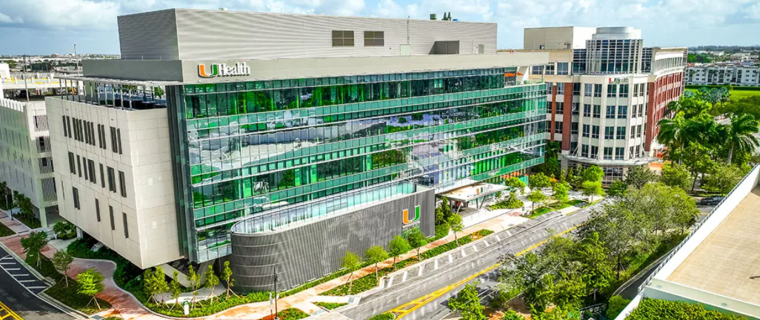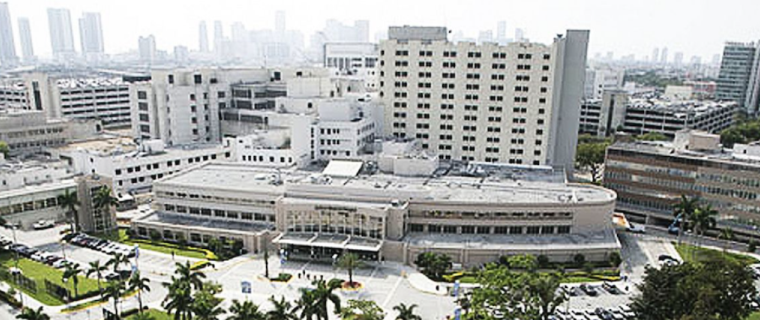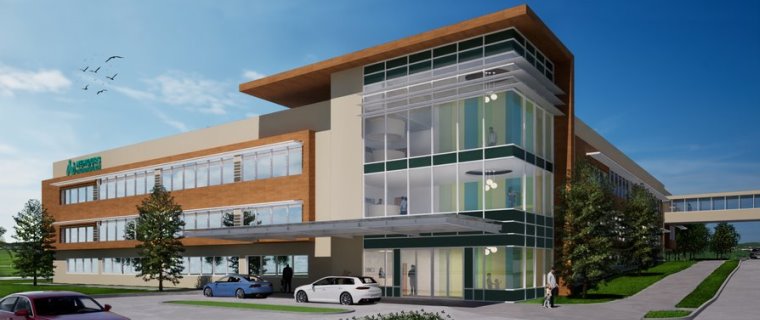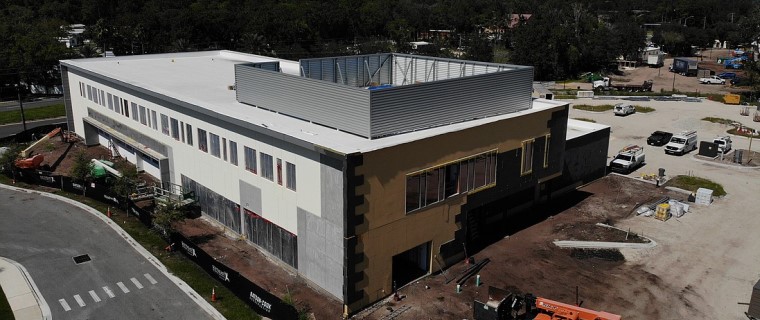The healthcare property features 33 exam rooms, eight operating rooms, three endoscopy suites, 33 cancer treatment units, radiology services, a lab, onsite pharmacy, seven-story parking garage and a central energy plant.
The deal would generate $1.05 billion in rent over 99 years. RUDG would have two years to secure financing for the first phase, aiming to complete it by February 2030.
The Jacksonville-based health system plans to construct three new buildings as part of this expansion, which will be completed over the next four years.
Miami-Dade County is on the verge of approving a zoning change that would allow hospitals and small medical facilities to be established in three types of business districts.
On Monday, the Community Health Committee unanimously supported the proposal introduced by County Commission Chairman Anthony Rodriguez. The proposed ordinance will require a final vote from the county commission before it can be implemented.
According to a memo from County Chief Operating Officer Jimmy Morales, the goal of the zoning amendment is to enhance local health resources by permitting hospitals in these business districts.
“This amendment seeks to expand the availability of sites where residents can access specialized medical care, addressing the growing demand for health services in more convenient and accessible locations,” the memo states.
Under the proposed zoning, the new medical facilities would include 24-hour emergency rooms, with a capacity of no more than 50 beds. They would be limited to a height of four stories or 70 feet, and could occupy no more than 10 acres along major access roads. The facilities would also be required to install a 5-foot masonry wall along residential property lines and use controlled outdoor lighting. Additionally, each facility would need to renew its certificate of use every year.
The proposed ordinance aligns with the county’s comprehensive development master plan, which emphasizes meeting local employment needs and promoting health services. It aims to foster the growth of small and medium-sized, labor-intensive enterprises tailored to the socio-economic needs of specific neighborhoods, serving a variety of markets.
The zoning changes are designed to meet state definitions of medical facilities, with a small-scale medical facility licensed by the state qualifying as a hospital rather than an emergency care center. County code currently defines a small-scale medical facility as a hospital with 50 or fewer inpatient beds that also provides an emergency department.
Source: Miami Today
It is the first phase of its new 37,000-square-foot building that will expand orthopedic and spine services.





